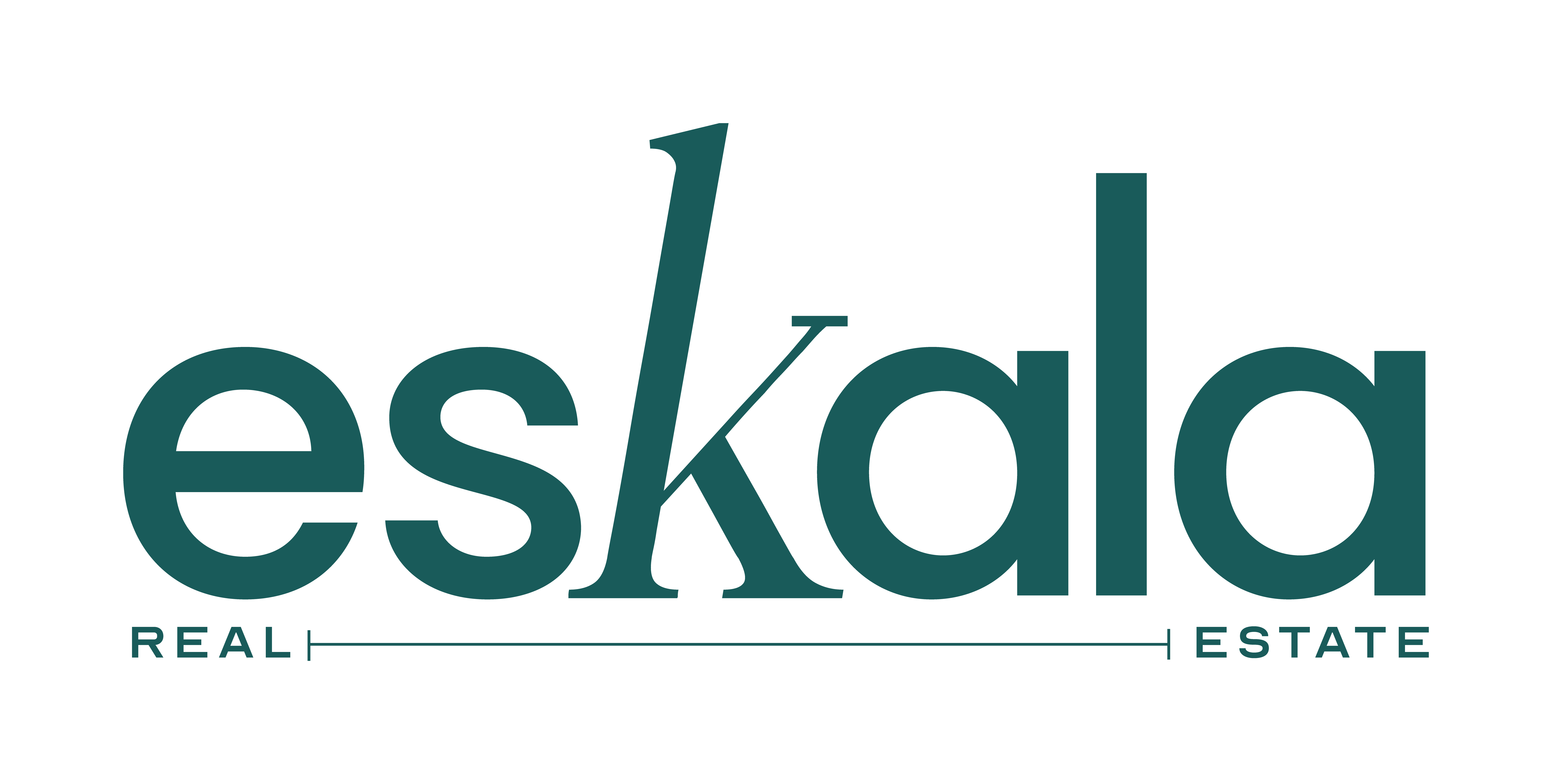The Caribbean real-estate scene in 2025 is not just turquoise water and postcard villas; it’s a diverse investment landscape where tourism, policy, and infrastructure collide. Here’s a sharp, up-to-date guide to the five destinations buyers and developers are watching, and why the Dominican Republic (DR) is leading the pack.
Dominican Republic: The region’s growth engine
Why it leads: broad tourism recovery, large-scale FDI into resorts and housing, steady price appreciation, and fast-improving infrastructure (airports, marinas, gated communities) that make both short-term rentals and long-term ownership attractive, home prices and transaction activity are rising, with projections showing continued double-digit and high single-digit growth in many coastal markets through 2025.
What that means for buyers: more product (from beachfront condos in Punta Cana to boutique developments in Samaná), better airport access for guests, and a market with both yield (rentals) and capital-gain stories.
The Bahamas: Premium luxury, constrained supply
The Bahamas remains a magnet for high-net-worth buyers seeking island privacy and luxury. Prime residential values rebounded post-pandemic and continue to outperform many global “sun” markets, especially for top-end homes. Limited prime inventory, combined with steady demand, keeps prices elevated.
Investor tip: If you’re chasing trophy assets and can tolerate higher entry prices, the Bahamas still delivers strong cachet and resale appeal.
Puerto Rico: US jurisdiction, tax incentives, and luxury demand
Puerto Rico’s appeal is unique: US legal and financial systems plus tax incentives (Act 60 and similar programs) attract mainland buyers and developers. Luxury resort communities and high-end resale properties have posted headline sales; meanwhile, the short-term-rental boom has created both opportunities and local tensions that investors should navigate carefully.
Investor tip: great for buyers who want U.S. banking, easier financing, and tax planning advantages, but expect regulatory scrutiny around rentals and community impacts.
Aruba: Controlled growth, stable demand
Aruba has taken a “quality over quantity” path: moratoria on some new hotel/condo builds and strict environmental/land-use oversight have tightened supply, supporting steady price appreciation for beachfront and high-end condos. That makes Aruba a defensive pick for those who prefer smaller, well-regulated markets.
Investor tip: fewer units mean less volatility, but also fewer bargains.
Turks & Caicos / Other niche winners (Turks & Caicos, St. Lucia, Dominica)
Turks & Caicos has surged as a luxury second-home market (proximity to the U.S., high-end resorts, boutique marinas). Meanwhile, islands like St. Lucia and Dominica are carving niches, eco-luxury, citizenship-by-investment appeal, or affordable rental-market plays. These niche markets reward targeted strategies more than broad speculation
Why the DR is the headline story
If you want growth + volume: Dominican Republic, broad inventory, infrastructure upgrades, and FDI make scale plays possible.
The Dominican Republic combines tourism scale (airlift and resorts), policy openness to foreign investment, accelerating property prices in key zones, and a steady pipeline of developments that suit both vacation-rental investors and lifestyle buyers. That ecosystem, not a single flashy factor, is why many analysts now list the DR as the Caribbean’s top real-estate destination in 2025.

